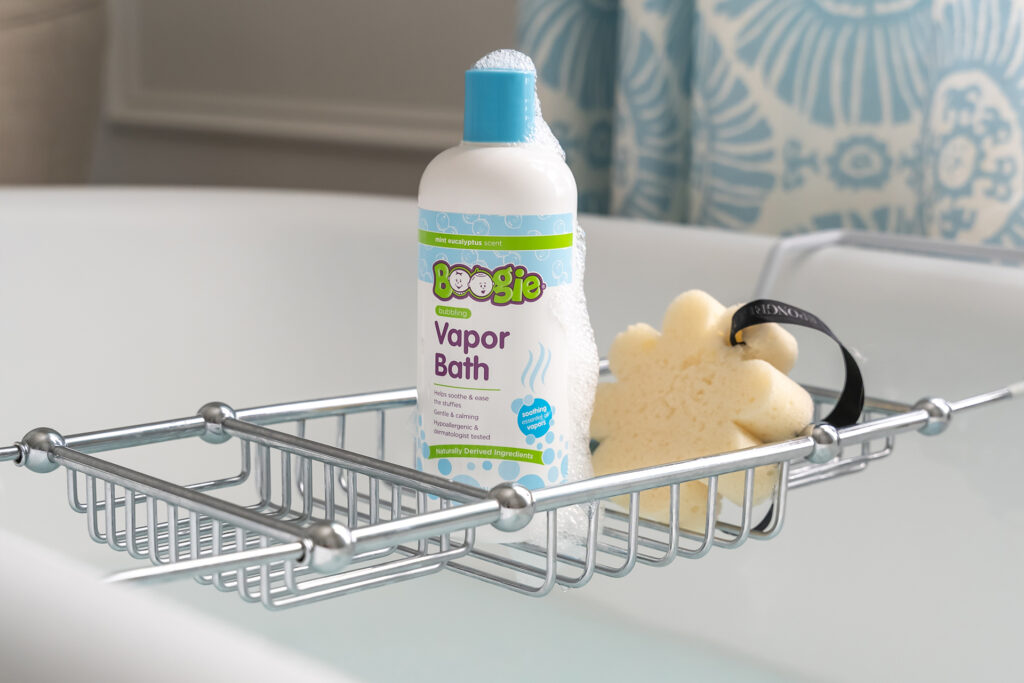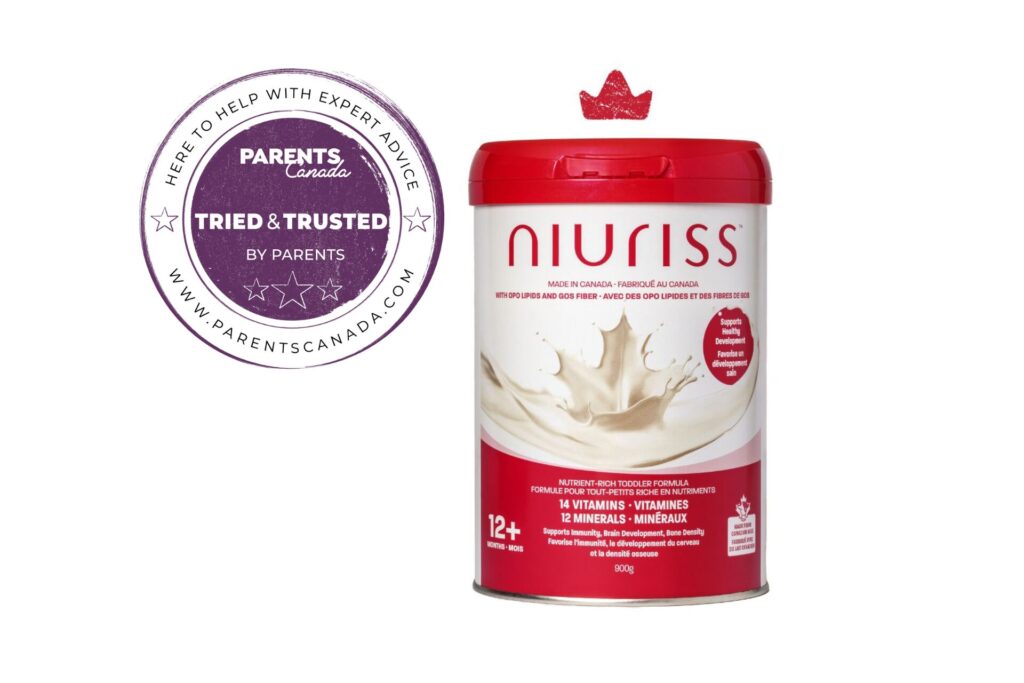Q: My eight-year-old daughter is always getting nosebleeds. When should I be concerned? And is there a proper way to deal with them? (I use an ice cube wrapped in a facecloth on the bridge of her nose and keep her seated up straight.) MATTHEW J, STONEY CREEK, ON
Most nosebleeds in children occur between the ages of two and 10. They usually start in the anterior (near the front) of the nose. Less than 10 percent are in the posterior part of the nasal cavity – these bleeds are usually much more severe and hard to control.
Common causes of nosebleeds include both minor or direct physical blows, a foreign body, rhinitis, or exposure to warm and dry air causing dry membranes. Medications such as ibuprofen and chronic use of nasal steroids for treatment of allergic rhinitis can also cause nosebleeds. There are other less common causes such as clotting defi ciencies, leukemia and tumours.
A history of frequent recurring nosebleeds, easy bruising, or other bleeding episodes should always be checked out. In addition, if a nosebleed happens and is associated with nasal obstruction, sinusitis or headaches, your doctor will want to examine the nasal cavity to make sure there is no local growth such as an angiofi broma or tumour that is causing the bleeds.
My ear, nose and throat colleagues tell me that ice is unlikely to help all that much. Keeping the head elevated is a good idea. Direct pressure by squeezing for 10 minutes will usually control the bleeding. It might take up to 30 minutes to stop the bleeding, but that would be unusual. If after 10 to 15 minutes of continuous pressure the bleeding continues, you should seek medical attention.
To treat dry nasal membranes, use a humidifier in the home. Local nasal lubricants and nasal gels can also be helpful.
If you are concerned because of recurring nasal bleeding, see your doctor. Surgical procedures such as cauterizing the area of the bleed may be required.
Published in Fall 2009









